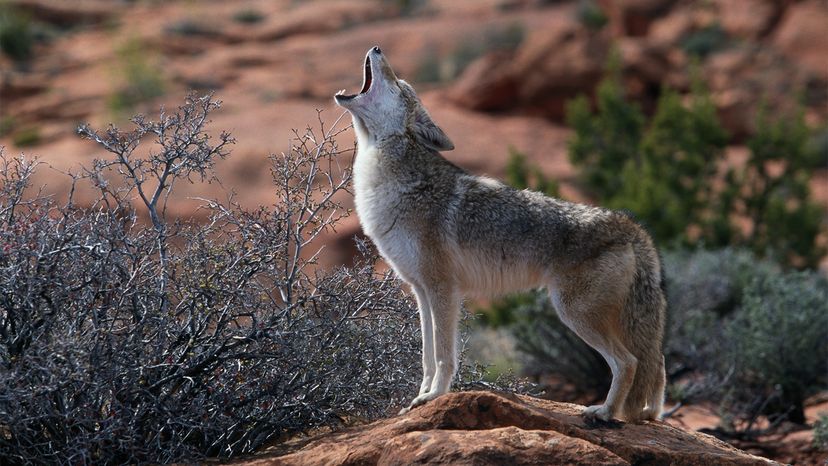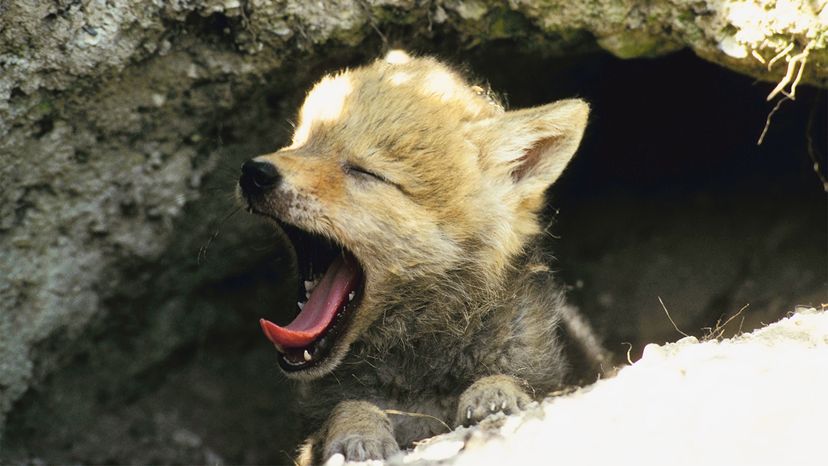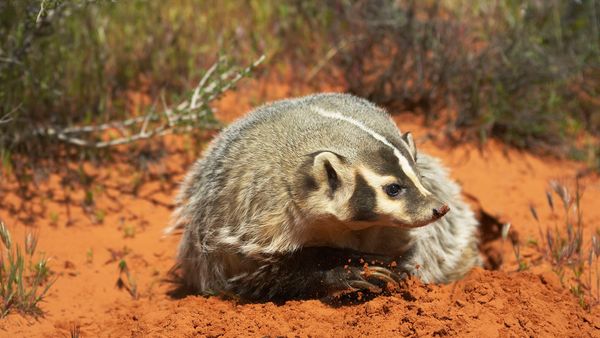
Coyotes (Canis latrans) are members of the dog family, long treated as either a dangerous nuisance by society or overlooked in popular culture in favor of the more ferocious wolf or the lovable pet dog. But their adaptability and cunning ways have kept coyotes alive for millennia, making them some of the keenest survivors around.
"Coyotes are generally smaller than most people believe," says National Park Services biologist Justin Brown, who conducted a two-year study for the National Park Service, released in 2019,on coyote scat (poop) in southern California. According to Brown, coyotes typically weigh around 25-35 pounds (10-15 kilograms) when they are fully grown, though he says coyotes in the northeastern U.S. are usually on the heavier side.
Advertisement
Coyotes have long, rough fur that is a mix of reddish-brown and white and they sport a tail with a black tip. If they're not exactly known for their looks, they're mostly definitely recognized by the unique sounds they use to communicate with each other. These sounds "alternate between yipping, barks and howls," says Stanley D. Gehrt, Professor of Wildlife Ecology at The Ohio State University and Principal Investigator of the Cook County Coyote Project in the Chicago metropolitan area.



